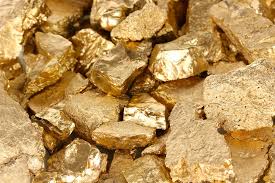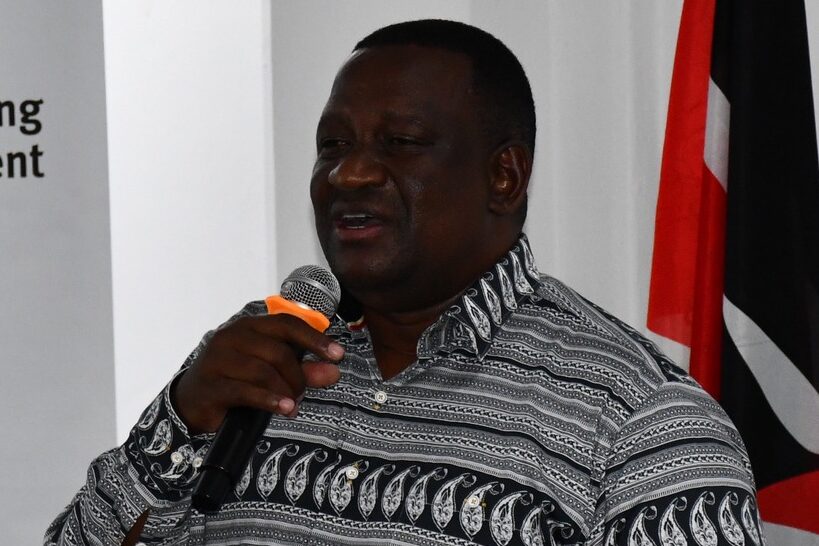In the heart of Western Kenya lies Kakamega, a region better known for its lush landscapes and vibrant culture. However, in recent years, Kakamega has witnessed a transformative phenomenon that has turned the spotlight – the modern-day gold rush. Kakamega’s gold rush is not a tale from the pages of history; it is a contemporary saga unfolding before our eyes. The allure of striking it rich has drawn thousands of artisanal and small-scale miners to the region, each one hopeful of discovering the precious metal that could change their fortunes. The once-tranquil hills now echo with the sounds of digging, sifting, and the occasional triumphant cheer as a glint of gold is uncovered.

Economic Opportunities and Challenges
The gold rush has undoubtedly brought economic opportunities to the region. Small-scale miners, often equipped with little more than basic tools and sheer determination, are contributing to a burgeoning informal gold mining sector. The economic influx, however, is not without its challenges. Environmental concerns, such as soil erosion and water pollution, have raised alarms, prompting a need for sustainable mining practices.
Environmental Considerations
While the gold rush promises prosperity, it also poses risks to Kakamega’s delicate ecosystem. Unregulated mining activities can lead to deforestation, soil degradation, and water contamination. Balancing the economic benefits with environmental preservation is a critical challenge that the government and local communities must address. This can be done through awareness campaigns and the promotion of responsible mining practices.
Community Impact
The impact of the gold rush extends beyond economic considerations, reaching into the heart of local communities. The influx of miners has sparked a socio-economic shift, bringing both opportunities and challenges. Traditional livelihoods are being redefined, and questions of land ownership and resource allocation are at the forefront of community discussions. Initiatives focusing on community engagement and empowerment are emerging, aiming to ensure that the benefits of the gold rush are shared equitably.
Government Regulations and Future Prospects
Recognizing the need for a balanced approach, the government is actively working to regulate and formalize the artisanal and small-scale mining sector. The introduction of guidelines and regulations seeks to promote responsible mining practices while safeguarding the interests of both the environment and the local population. The prospects of Kakamega’s gold rush hinge on these regulatory measures and the collaborative efforts of stakeholders.
Conclusion
Kakamega’s modern-day gold rush is a dynamic saga that unfolds against a backdrop of hope, challenges, and transformation. As Kenya navigates the complexities of balancing economic aspirations with environmental sustainability, the gold rush in Kakamega serves as a microcosm of a nation grappling with the opportunities and responsibilities that come with harnessing its natural resources. The unfolding chapters of this story will undoubtedly shape the future of mining in Kenya and serve as a testament to the delicate dance between prosperity and preservation.


